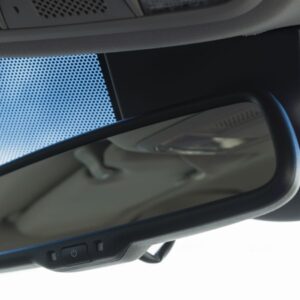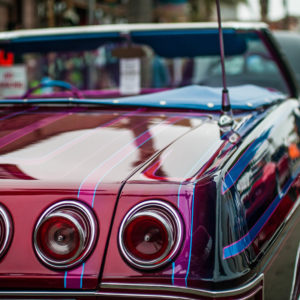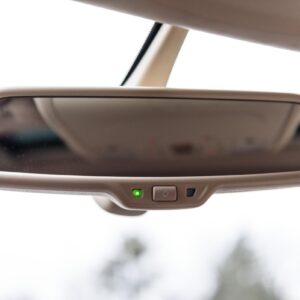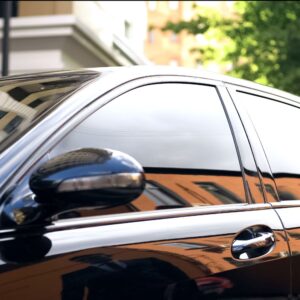Mirrors, no matter their position, are essential for all cars because of the sheer utility they provide. They let drivers see what’s behind them and cover blind spots. The extended view helps drivers stay alert and proactive, allowing them to react accordingly to other vehicles, pedestrians, and other obstacles.
But when exactly were rear-view and side-view mirrors first used, and how did they become a standard vehicle component? Let’s take a trip through the history of automotive mirrors and explore their possible innovations in the future.
1911: The First Rear-View Mirrors — Ray Harroun’s Marmon Wasp
Ray Harroun, also known as “the Little Professor,” installed rear-view mirrors on a car for the first time during the 1911 Indianapolis 500. He won the race, which also happened to be his final one.
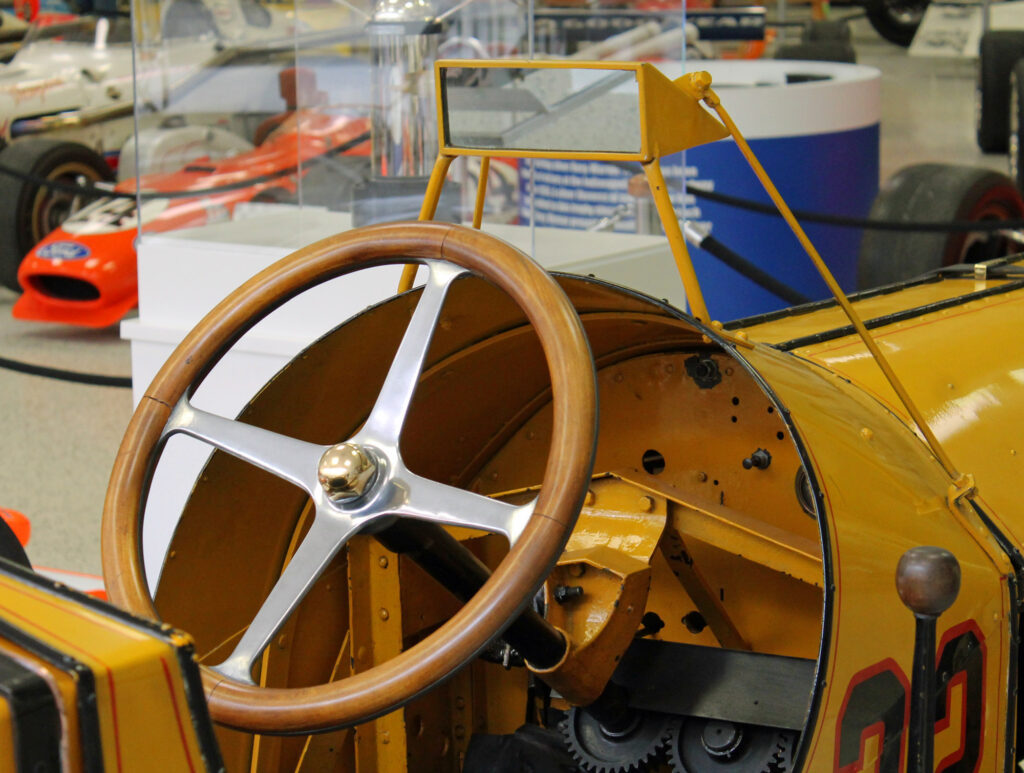
The story goes that he opted to drive slow and steady compared to his competitors, veering on the side of caution in favor of maintaining a constant speed. He used his extensive knowledge of vehicles to calculate the optimum speed.
Harroun wasn’t just a racer. He was also an automobile aficionado who worked at a car factory, and he saw races as a means to put his own cars to the test.
He entered one of his custom vehicles, the Marmon Wasp, into the 1911 Indianapolis 500. It’s a unique one-seater, but its setup made it difficult for him to turn his head and look behind him. To compensate, Harroun added a rear-view mirror to his car.
The addition proved to be incredibly useful because it helped Harroun maintain a steady speed and drive safely. He only needed to change four tires throughout the race — a stark contrast to his competitors, most of which had to change up to 14 tires.
In the end, he won first place, proving that being calm and cautious does pay off.
1921: Side-View Mirror Patents — Elmer Berger’s “Cop Spotters”
Ten years after the first rear-view mirror was installed on a car, Elmer Berger attempted to patent the side-view mirrors. Curiously enough, he wanted to patent them as “cop spotters.”
Cars had different body styles at the time in 1921, so the cop spotters were installed on the front fenders and the sides above the spare tires. Although these mirrors were designed with safety in mind, many drivers used them to speed without getting caught.
While it was never confirmed if Berger was successful with his attempt to patent the side-view mirror, there’s no denying that he was the first to sell it to the general public.
The accessory was a hit with the masses for many reasons, and the added safety they offered eventually became a must-have for car owners.
1966: The National Motor Vehicle Safety Act and the Rise of Car Mirrors
As America’s automobiles evolved, so too did the safety concerns related to them. Cars and motorcycles became increasingly common, as did the number of accidents on the road.
To minimize the risks of accidents, the National Motor Vehicle Safety Act was legislated in 1966. The act didn’t mandate the installation of side-view and rear-view mirrors. However, it did pave the way by requiring all vehicles to have seat belts, impact-absorbing steering columns, safety glass, and other safety features.
It didn’t take long for manufacturers to include side-view and rear-view mirrors to make driving safer and easier. Nowadays, it’s illegal to drive a vehicle that doesn’t have functional side-view and rear-view mirrors in numerous states.
For example, in Missouri, Nebraska, New Jersey, and New York, it’s illegal to drive a vehicle that doesn’t have both left-side and right-side mirrors. In other states, such as Alabama and Colorado, you must have at least two types of mirrors when driving.
20XX: The Future of Automotive Mirrors — What’s Next?
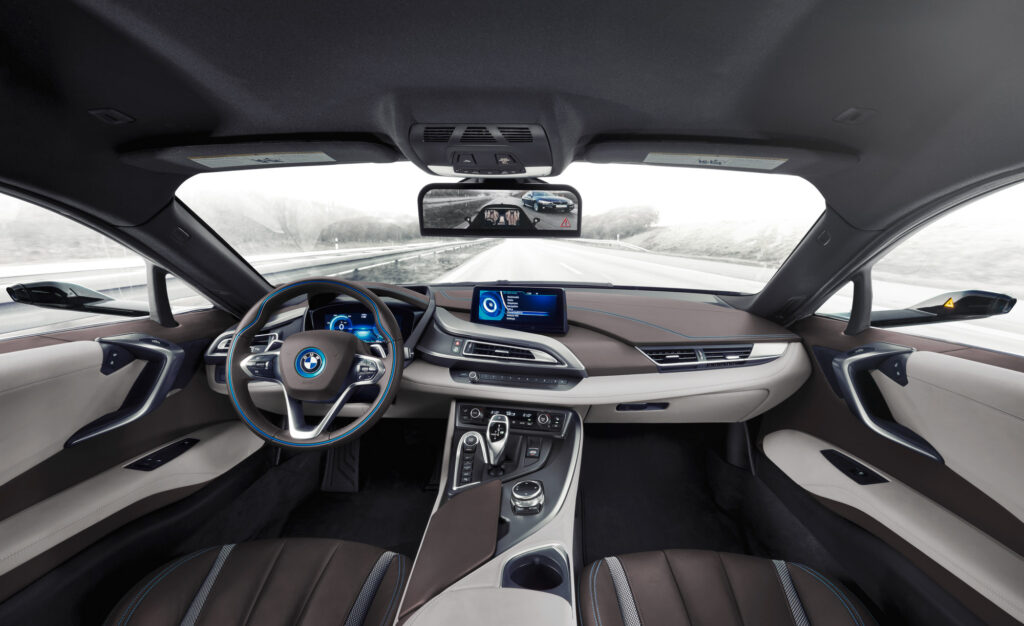
Automotive mirrors have saved a lot of lives over the years, but there’s no guarantee they’ll be around forever. Some modern vehicles are moving away from car mirrors in favor of cameras and sensors.
In 2016, BMW released a concept car dubbed the i8 that had no mirrors at all. The wide mirrors were replaced with thinner, smaller wings with cameras, making the vehicle more aerodynamic. The car also had sensors that warned the driver of threats and obstacles.
The rear-view mirror in the cabin has also been replaced with a monitor that gives drivers a wide view of the vehicle’s surroundings. The camera footage is compiled and displayed on a monitor installed where the rear-view mirror would normally be.
The setup eliminated blind spots and increased spatial awareness, all while making driving easier, as all of the vehicle’s surroundings are displayed on one monitor.
Meanwhile, a car mirror tech by Vietnamese automaker Vinfast made waves in early 2024. MirrorSense makes it so that drivers never need to adjust car mirrors to get the perfect view. It uses sensors to track the driver’s head and eyes and deliver an optimal view of what’s behind and on the sides of the vehicle.
With these developments in mind, a future where cameras and sensors have enhanced or even replaced automotive mirrors seems likely.
Any information provided on this Website is for informational purposes only and is not intended to replace consultation with a professional mechanic. The accuracy and timeliness of the information may change from the time of publication.


